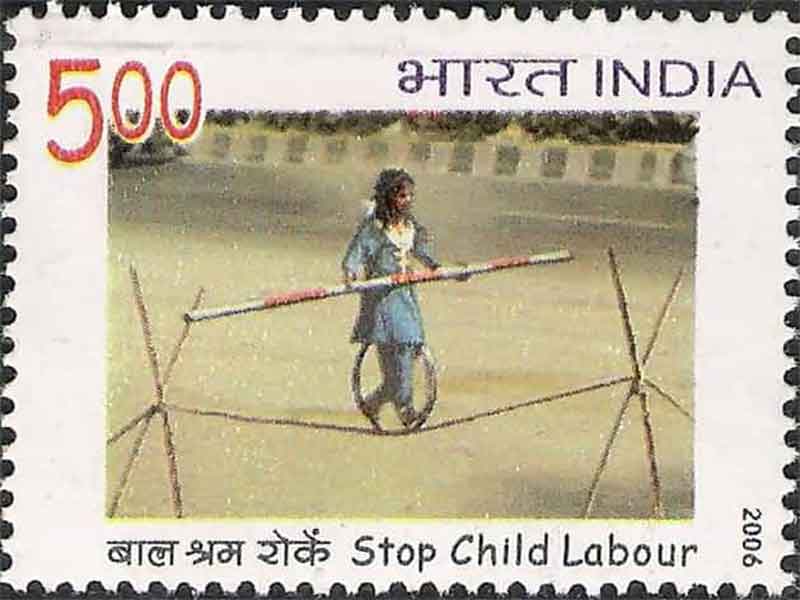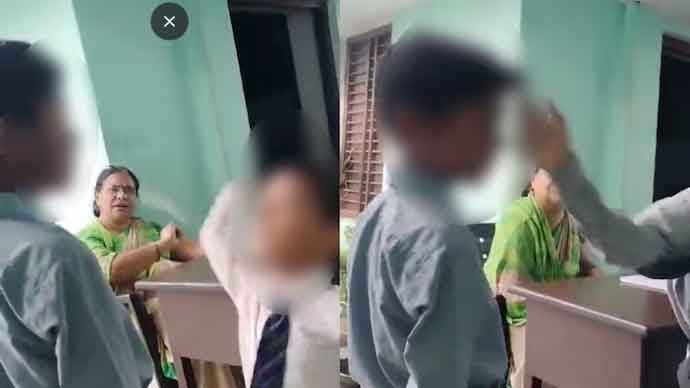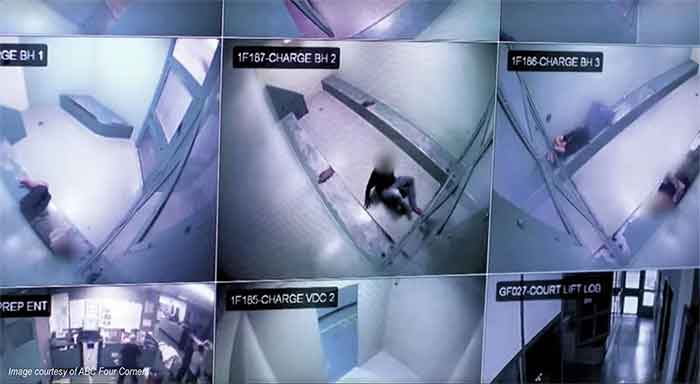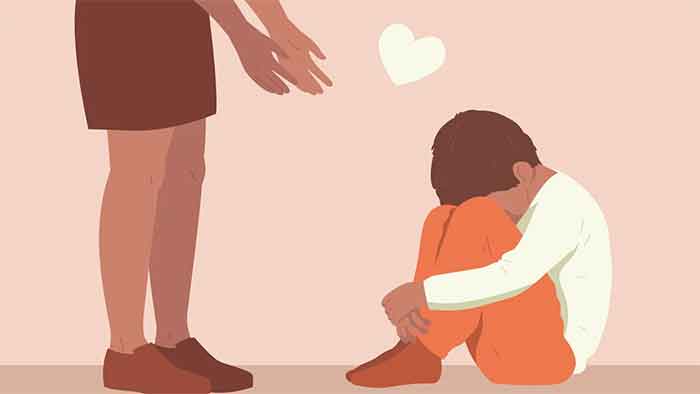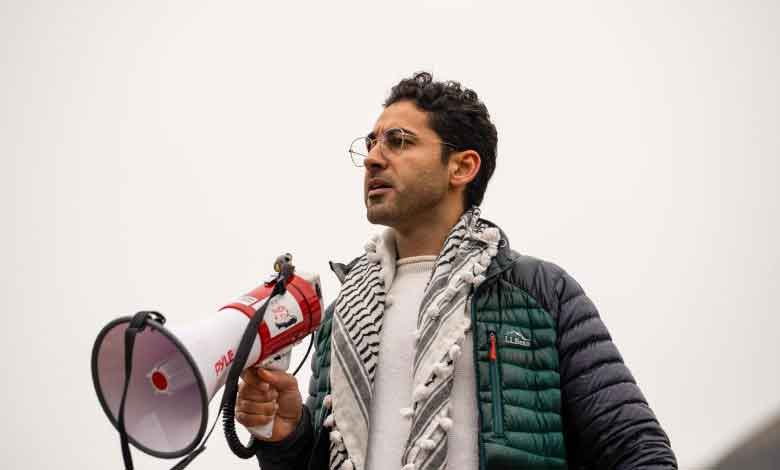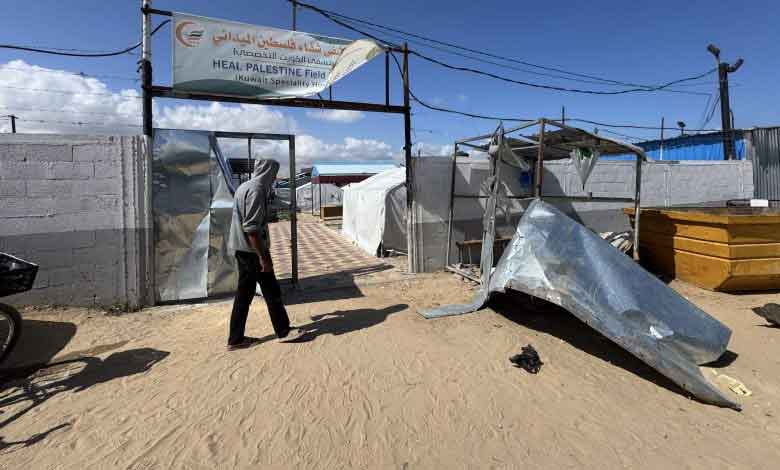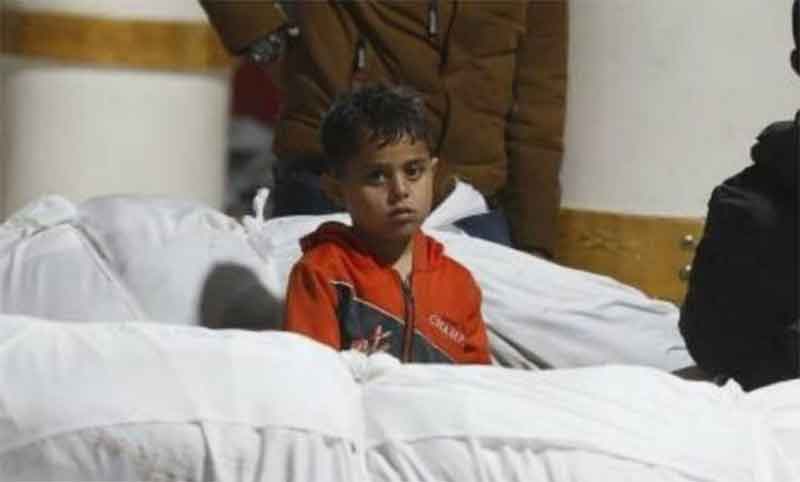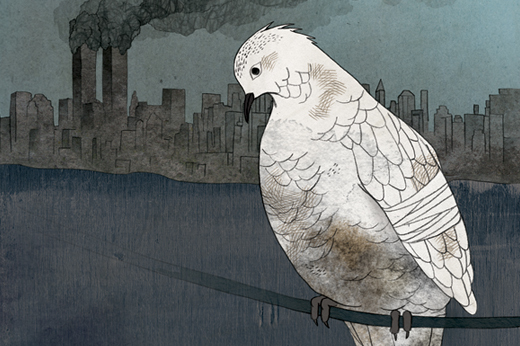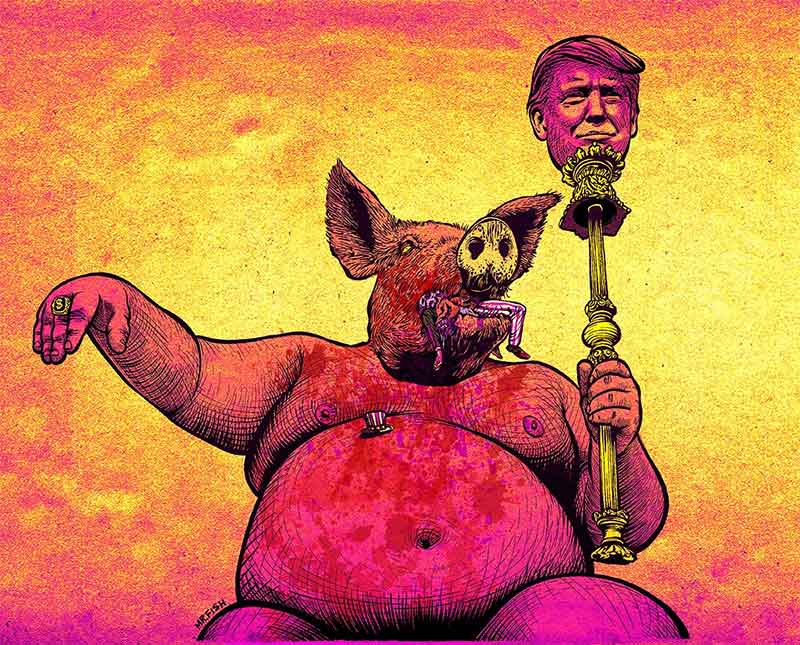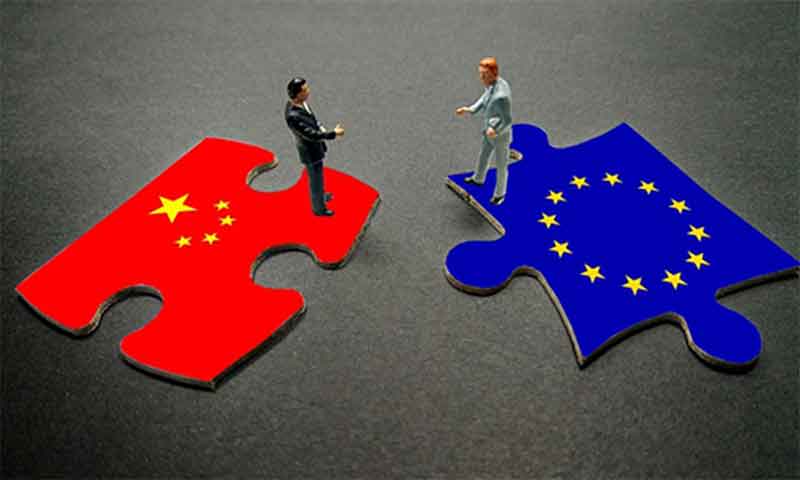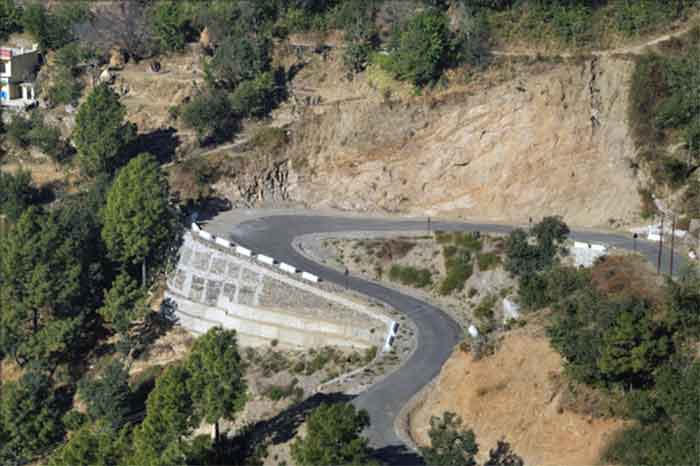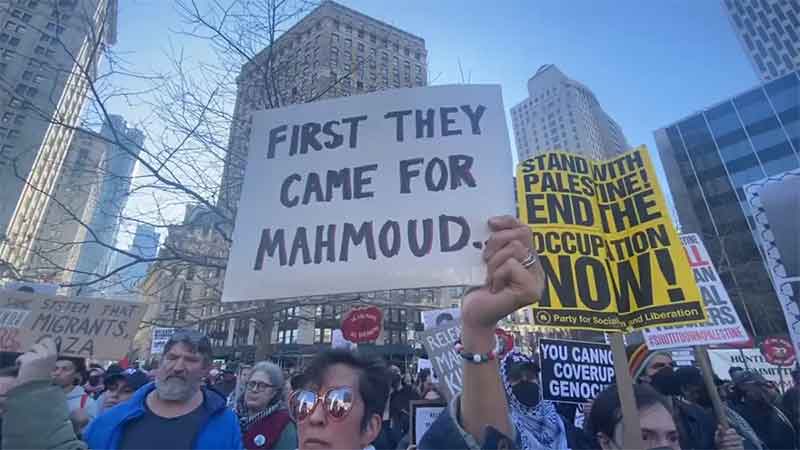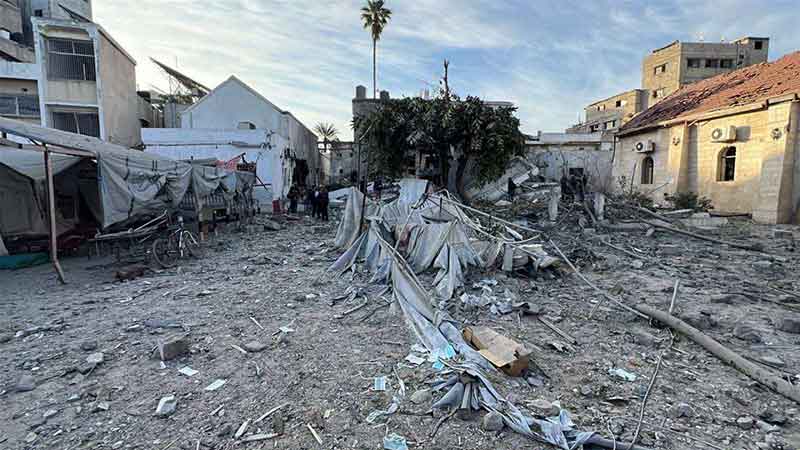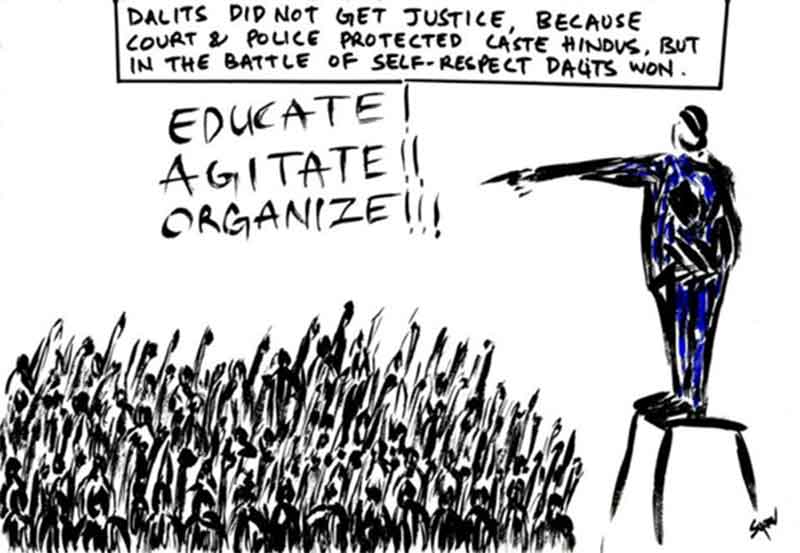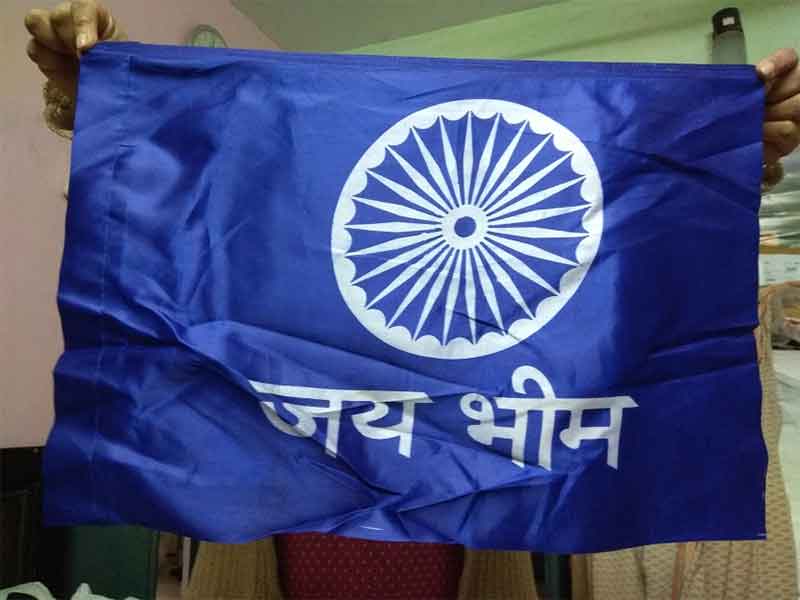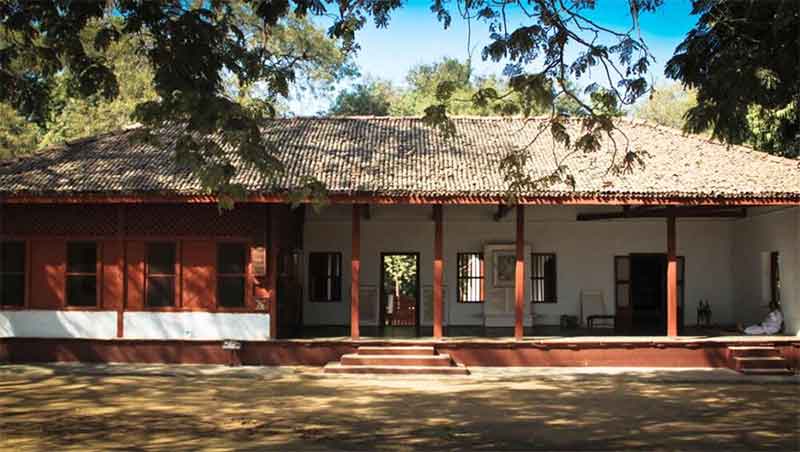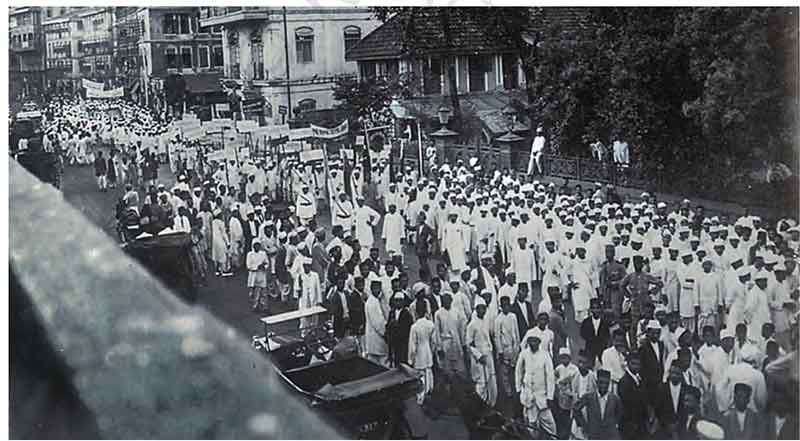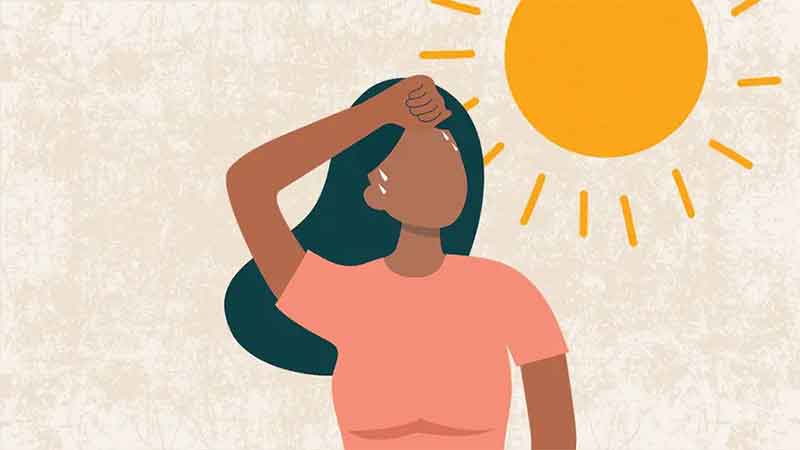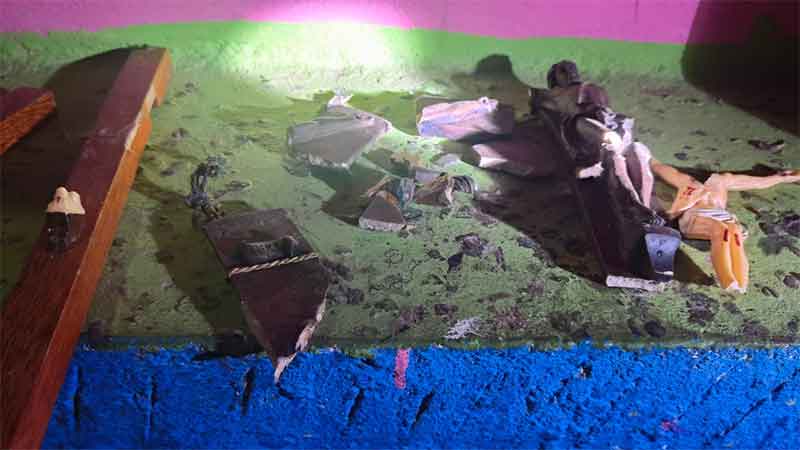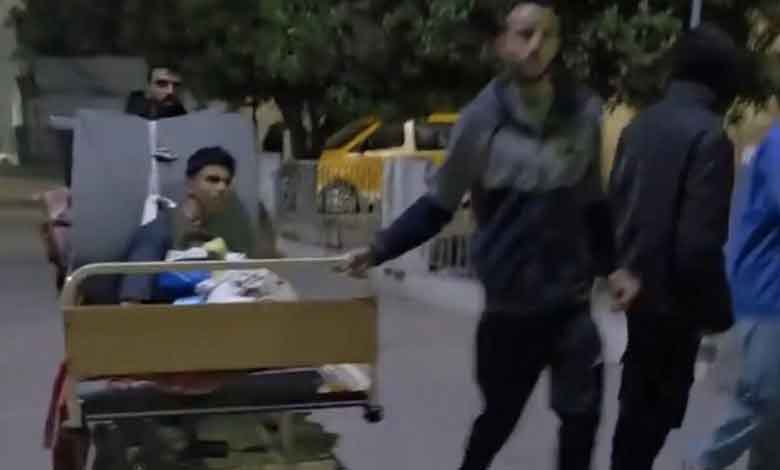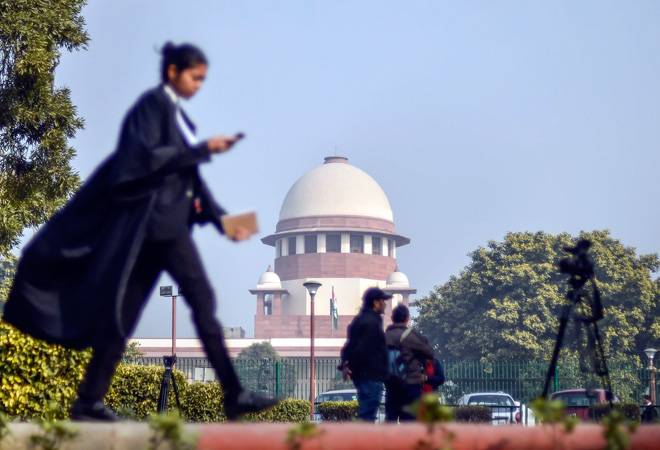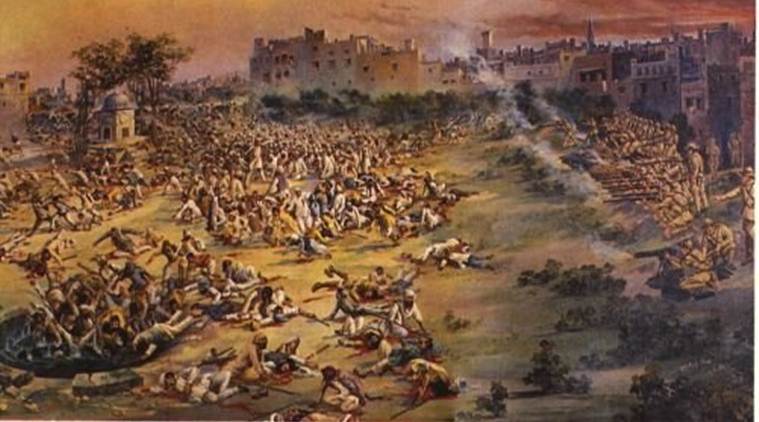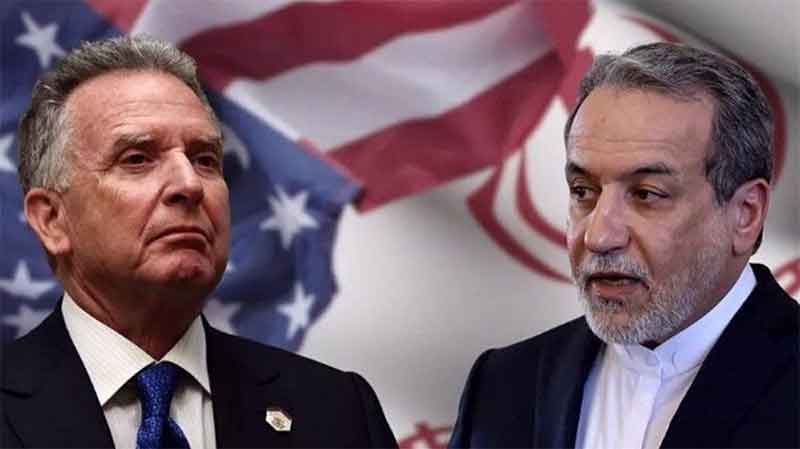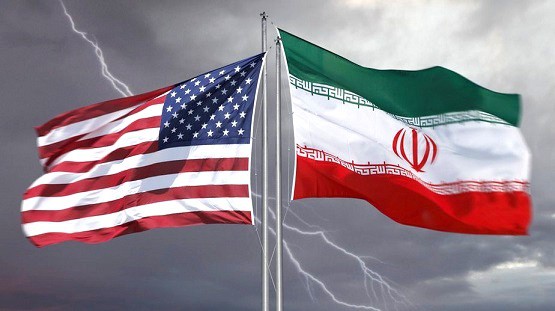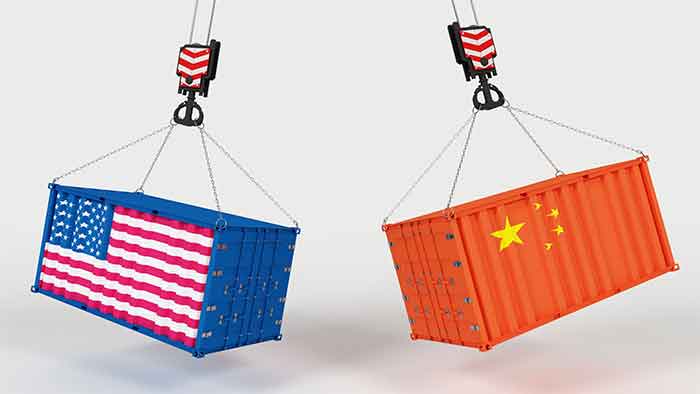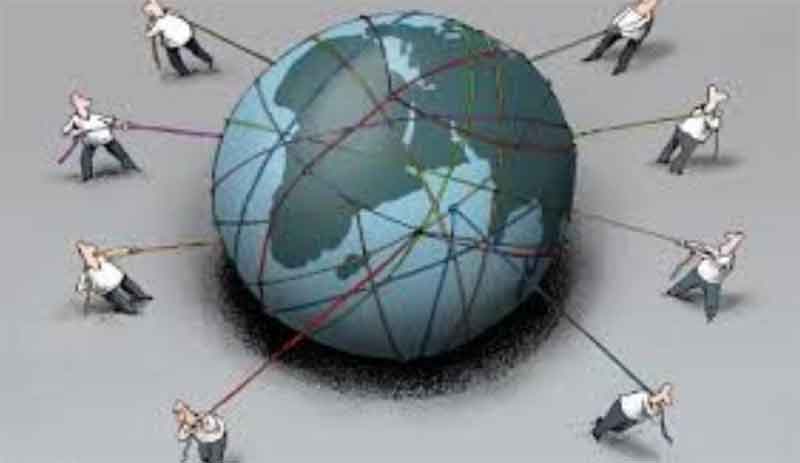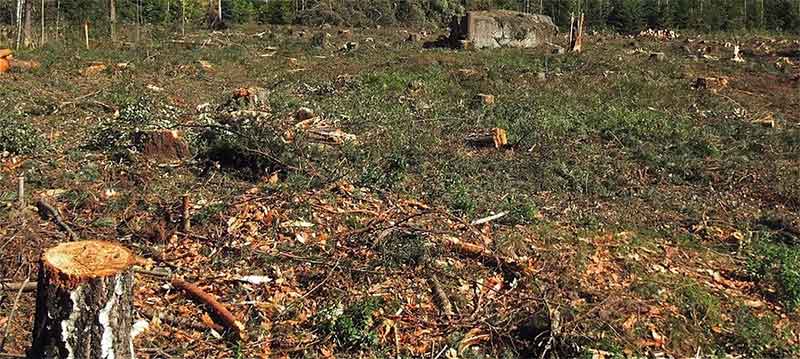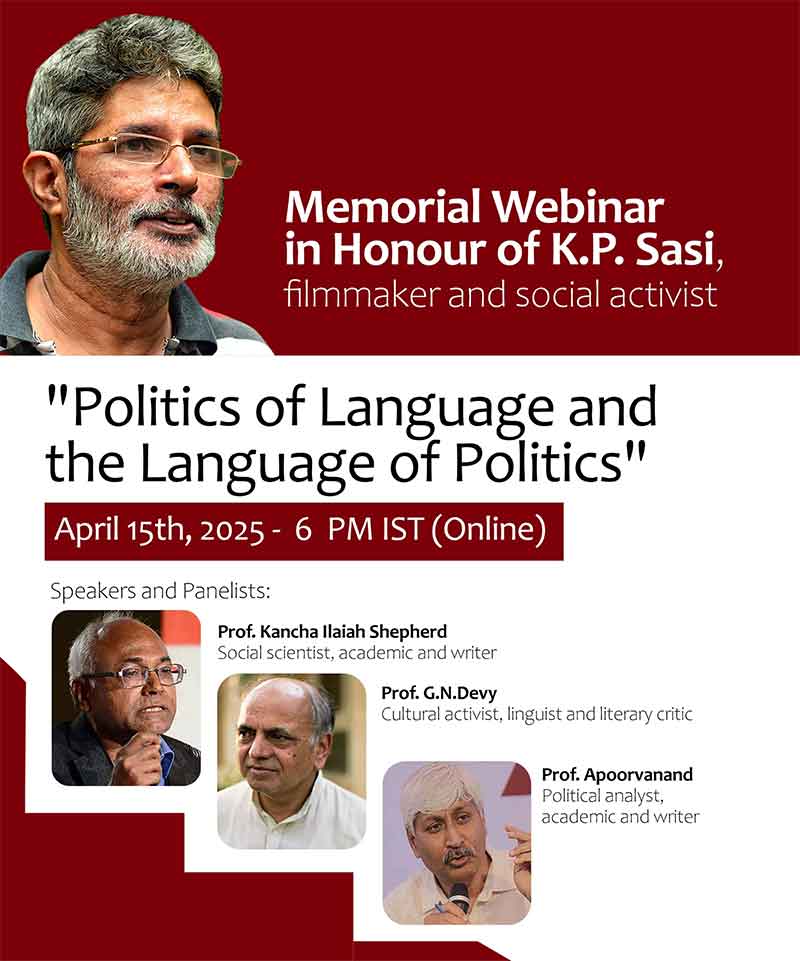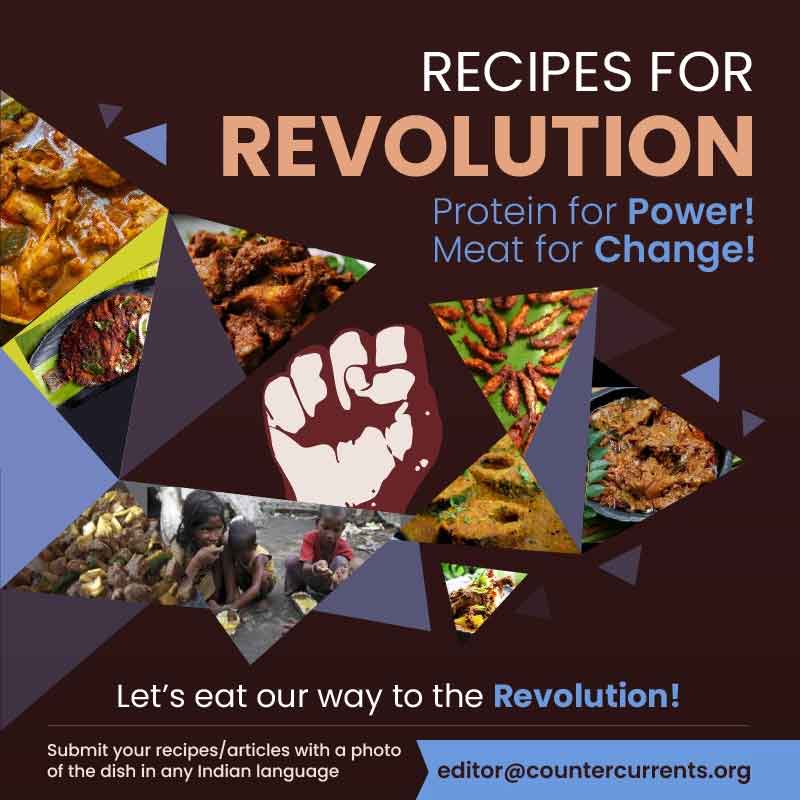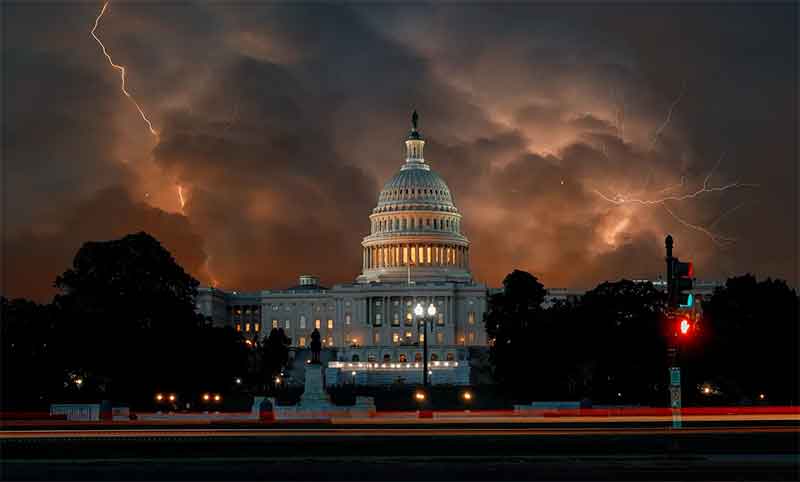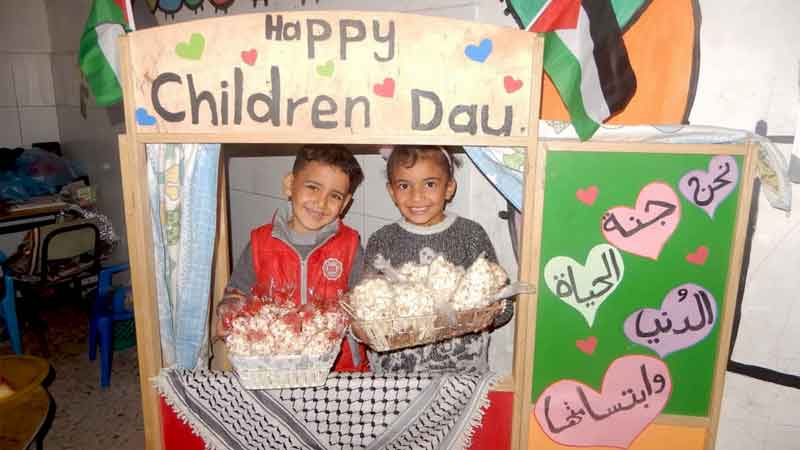
Globally, 450 million children were living in conflict zones as of 2023, with countries like Syria, Afghanistan, Yemen, and Somalia remaining the most dangerous hotspots (UNICEF, 2023). As of last year, the list now also includes Gaza, Libya, and Yemen, where over 5.1 million children in Gaza and neighboring areas require humanitarian assistance (UNICEF, 2023). In Libya, approximately 430,000 people remain displaced, many of whom are children, and in Yemen, 2.2 million children suffer from acute malnutrition, with nearly 540,000 facing life-threatening conditions (Save the Children, 2023). Many children are enslaved, trafficked, abused, or exploited. The ongoing conflicts in Gaza amplify this crisis, painting a bleak picture for children who bear the brunt of war. These atrocities leave indelible scars, leading to PTSD (Post-Traumatic Stress Disorder), anxiety, depression, and substance abuse, profoundly affecting their emotional, cognitive, and physical development.
Children have become frontline targets in conflicts, used as suicide bombers, or caught in crossfires as schools and hospitals are turned into battlegrounds. They face severe restrictions on movement and barriers to accessing healthcare and education. The destruction of essential infrastructure in war zones creates humanitarian crises marked by shortages of food, clean water, and medical supplies. Without decisive global action to protect children and hold perpetrators accountable, this moral crisis will persist. Communities in conflict-affected areas must be supported to create protective environments for children, ensuring their rights and safety. Ultimately, children need peace to thrive—their future and that of their societies depend on it.
Childhood under Armed Conflicts
Conflict zones are characterized by political instability and a lack of basic necessities like housing, transportation, sanitation, and healthcare. In 2023, approximately 1 in 6 children worldwide—or over 450 million—were living in conflict zones (Save the Children, 2023). From Afghanistan to Mali, South Sudan, Yemen, and beyond, children endure the atrocities of war as warring parties disregard the basic rules of protecting civilians.
Armed conflicts have led to the largest movement of displaced people since World War II. Millions of children have been uprooted from their homes, with over 2 million killed and countless others permanently disabled. Sexual violence, including rape, prostitution, and exploitation, remains one of the leading casualties of war. Children are abducted from homes, schools, and refugee camps to be used as forced laborers, sexual slaves, or soldiers. Many are trafficked across borders, forced into child labor, or exposed to diseases like HIV/AIDS.
Beyond physical harm, the emotional toll on children in conflict zones is staggering. Separation from parents, the loss of loved ones, and the collapse of family systems lead to profound psychological trauma. Children who witness violence often experience prolonged toxic stress, resulting in speech difficulties, PTSD, and severe emotional distress. Children born of war frequently face stigma, discrimination, and abandonment, necessitating robust psychosocial support to aid their recovery. Tragically, many children lose their optimism, their dreams shaped instead by the horrors of war.
Conflict also indirectly impacts children by exacerbating hunger, poor sanitation, and homelessness. Separation from guardians pushes many into life on the streets, where they face exploitation and victimization. Schools and hospitals, often targets of violence, are denied to children, leading to a generational loss of education and skills. Armed groups use classrooms as military bases or weapon storage, with devastating consequences for students (Upadhyay, Nogami, & Behera, 2006).
Children as Zones of Peace
The concept of “Children as Zones of Peace” aims to create protective environments for children in conflict zones by ensuring their rights to safety, health, and education. This policy focuses on delivering humanitarian aid, including food, shelter, and medical care, while safeguarding children from physical and psychological harm.
Key strategies to support children with PTSD and other trauma-related challenges include:
• Providing safe spaces for children to express their emotions and frustrations.
• Offering constant gestures of love and care to assure them of their safety.
• Explaining ongoing events honestly in age-appropriate terms.
• Encouraging involvement in extracurricular and leisure activities to foster resilience.
Schools as Zones of Peace
In all regions, essential infrastructure such as schools and hospitals has been weaponized or destroyed. Gaza’s education system is on the brink of collapse, with classrooms turning into shelters and teachers struggling with limited resources. Similarly, in Libya and Syria, education is a casualty of war, with millions of children out of school. Schools, which should be safe spaces, have been transformed into battlegrounds, depriving children of their right to learn and grow. In Nepal, schools have been declared “zones of peace” to protect children’s access to education during conflicts. The Nepalese Ministry of Education’s 2011 directive, alongside Save the Children’s initiatives, aimed to prevent the use of schools for political or military purposes. These efforts ensured that children continued their education during Nepal’s civil war.
This initiative not only secured learning environments but also raised awareness among communities, school management, and children about the importance of peace and education. Schools also play a vital role in teaching children about their rights, equipping them with the skills to protect themselves during conflicts, and fostering values of cooperation and tolerance. By maintaining education in the face of adversity, schools offer hope and confidence for a better future.
Personal Insights
As someone from Kashmir, the most militarized zone in the world, we too are a product of a conflict-ridden childhood. Growing up amid gunshots, tear gas shells, and stories of trauma, we have witnessed first-hand how conflict reshapes lives. Regular shutdowns disrupted education, and the omnipresent military presence created an atmosphere of fear and oppression.
Children in Kashmir often witness the killing, torture, or sexual violence inflicted on their loved ones. Local organizations have established orphanages to support the education and basic needs of children who have lost their parents. However, schools are frequently closed due to crackdowns, preventing children from engaging in extracurricular activities. Military bunkers near schools heighten the sense of insecurity, and girls, in particular, fear harassment.
The prolonged disturbance has fueled drug abuse among young boys, who turn to sedatives as an escape from their harsh realities. Rehabilitation centers and clinics often lack consistent functionality, leaving children with little support. Families also face extreme anxiety—parents live in constant fear for their children’s safety, with some developing depression and other mental health issues.
Even outside Kashmir, children face discrimination and harassment. Kashmiri students studying in other parts of India are often taunted or labeled as terrorists, a form of psychological violence that exacerbates their sense of isolation.
Recommendations and Conclusion
To address the plight of children in conflict zones, governments, NGOs, and international bodies must take coordinated action:
1. Protect Schools and Hospitals: Enforce international laws that prohibit the targeting of schools and hospitals in conflicts.
2. Provide Psychosocial Support: Establish trauma counseling and rehabilitation centers for children and families.
3. Ensure Consistent Education: Develop alternative learning methods, such as mobile schools or digital platforms, to ensure education continues during conflicts.
4. Relocate Military Installations: Move military camps away from civilian areas, particularly schools.
5. Address Root Causes: Focus on resolving the underlying political and social tensions that fuel conflicts.
Childhood in conflict zones is a tragedy that leaves scars for generations. Initiatives like “Children as Zones of Peace” offer hope for mitigating the impact of war on children, but only a global commitment to peace can secure their futures. By prioritizing the protection and development of children, we invest in a more peaceful and equitable world.
Mehleen Syed is an independent journalist
Email: [email protected]
References
Behera, D., Upadhyay, J., & Nogami, N. (2006). Childhoods in South Asia: ‘Children as Zones of Peace’: Promoting a Culture of Peace, Tolerance and Equality through Children’s Participation in Peace-Building in Nepal. Pg 230
Save the Children releases Guidance on Schools as Zones of Peace. https://protectingeducation.org
Hall, S. (2013). Schools as Zones of Peace: The Challenges of Making Afghan Schools
Safe for Education. Save the Children.
Nepal: Making Schools Zones of Peace. https://watchlist.org/nepal-making-schools-zones-of-peace
Khan, W. “Conflict in Kashmir: Psychosocial consequences on children”. Springer.
Save the Children. (2023). “Global Childhood Report 2023.”
UNICEF. (2023). “Children Living in Conflict Zones: Current Trends and Statistics.”

